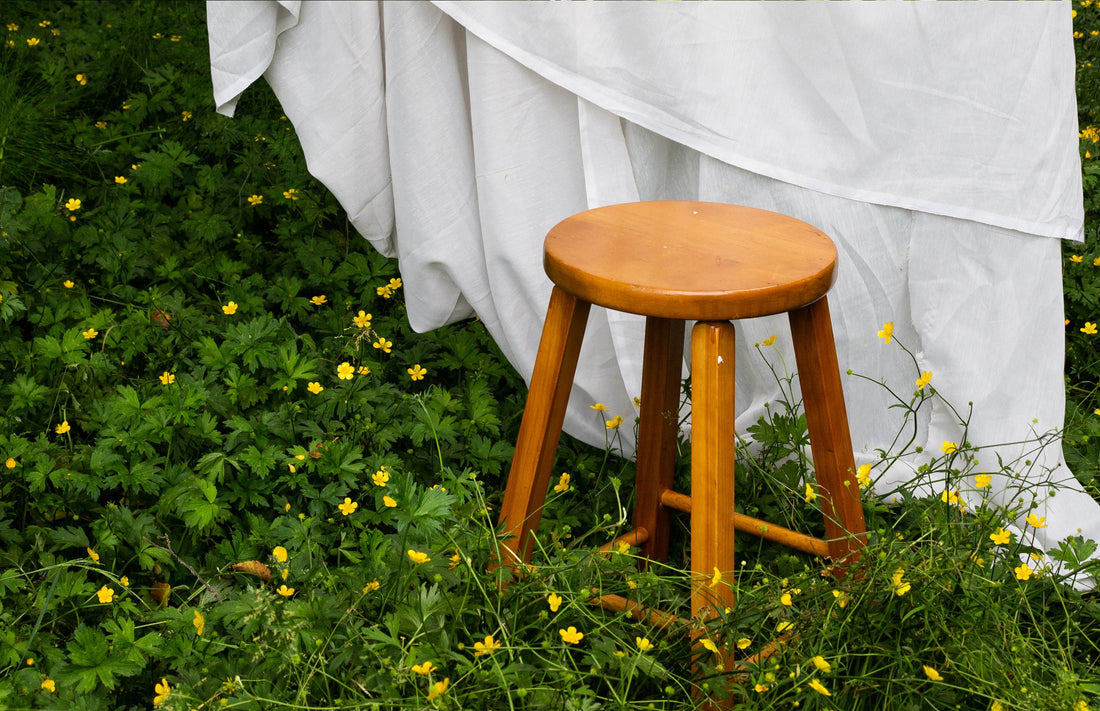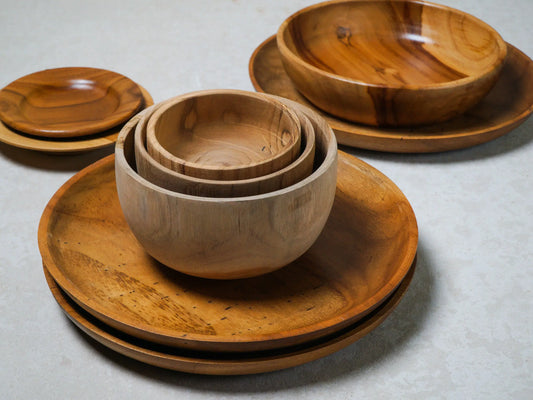About the production area of Japanese crafts (woodworking)
Japanese crafts that shine with craftsmanship. Among them, woodwork has a long history, and wooden trays, plates, bows, etc. have been excavated from the ruins of the early Jomon period. Nearly 70% of the land is covered with forests, such as the high technology of buildings such as Horyuji Temple, which is said to be the oldest wooden building in the world, and sophisticated Buddhist sculptures, which is unique to Japanese people who have lived with trees. Even in the 21st century, when virtualism is pervading, we will never forget the warmth and texture of real wood. In Japan, there are many traditional crafts made from wood rooted in various places, and they are highly evaluated worldwide.
Five traditional techniques of woodworking products
The flexible and dexterous Japanese have created all kinds of products using wood, without wasting scraps and bark. Over the years, advanced technology will be cultivated in various places. Joinery that is assembled without using nails at all, curved pieces made by bending thin plates (magemono), knots such as tubs and ohitsu (yuimono), ground shavings made by rokuro processing (ground fleas), and fleas. It is a technique called a kurimono that digs out a shape with a chisel or a chisel.
Tree species and production areas of traditional crafts
Each region has a preferred tree species, and each tree species has a suitable processing method. In areas where there are many cedars and cypresses, paulownia processing has developed, and among broad-leaved trees, paulownia chests using paulownia, which has a reputation for good breathability, are famous for Kishu, Echizen City, Fukui Prefecture, Kamo City, Niigata Prefecture, etc. is. In the Hida region, which is the most abundant area, one-sword carving has become a traditional craft, and Hakone's parquet using a wide variety of tree species has become a well-established souvenir of Hakone, a tourist attraction.
Odate Magewappa by Akita Sugi
Odate City, Akita Prefecture, is famous worldwide for its magewappa made from natural Akita cedar. Magewappa is a cylindrical container made by bending a thin plate, and is a craft that has been useful as a rice box or a bento box. It is said that the cedar absorbs the moisture of the rice moderately and can be eaten even more deliciously, as well as the glossy wood surface and the beauty of the wood grain. Magewappa, also known as Menpa in some areas. The reason is, "I can pack a lot of food." In addition to Magewappa in Odate, Menpa by Kiso Hinoki in Narai-juku, Nagano Prefecture, and Owase Wappa by Owase Sugi in Owase City, Mie Prefecture are famous.
Kabazaiku in Sakuranocho Kakunodate
Kakunodate, Akita Prefecture, called "Little Kyoto of Michinoku". It is also a famous place for cherry blossoms, and the number of tourists visiting during the season is endless. Kabazaiku is a popular souvenir from Kakunodate. Birch is the bark of wild cherry blossoms and is a rare traditional craft that has been handed down only in Akita prefecture. Taking advantage of the luster and astringency of the bark of the mountain cherry blossoms and the beauty of the pattern, a wide range of modern accessories such as tea utensils, flower bowls, organizing boxes, hair clips, straps and brooches are made.
Kakunodate's Kabazaiku, which is said to have started during the Tenpo era in the 1780s, has developed into a local industry under the generous protection of the Satake Kita clan. From that time, it is said that it was preferred as a souvenir for the change of attendance. In 1976, under the guidance of Soetsu Yanagi of the folk art movement, he was certified as a traditional craft for the first time in Akita Prefecture and continues to the present day.
Nagiso potter's wheel work in Kijiya no Sato
Nagiso is a place named Nagiso Town in Nagano Prefecture. A woodworking potter's wheel craftsman called a woodworker has lived for a long time, and there are records of shipping products such as trays to Osaka and Nagoya in the first half of the 18th century. Produced white wood in the Edo period. After that, Nagiso Town, where many Kijiya gathered in search of abundant forest resources, soon became known as "Kijishi no Sato".
Hakone parquet that makes the best use of abundant tree species
Traditional crafts unique to Hakone, which is rich in tree species and is also a tourist destination. Beautiful patterns created by finely combining tree species with different colors are popular and have become a staple of Hakone souvenirs. It has a history of more than 200 years and was designated as a traditional craft in 1984. It is said that the origin dates back to the Heian period. It is a technique to express traditional Japanese patterns such as stripes, checkers, saaya, and fletching with parquet. The Hakone Ekiden outbound victory team, which has become an annual New Year's event, will be handed a trophy made of parquet.
Hida's No. 1 sword carving
Ichii Ittou is a woodworking product made in the Hida region of Gifu prefecture. We will carve the first-ranked tree, which is the prefectural tree of Gifu prefecture, with only fleas. The feature is that it is not colored and makes full use of the beauty of the wood surface and grain, and the main works are tea utensils, faces, figurines, and statues. With Ryo Matsuda, an engraver in the late Edo period, as his ancestor, it has spread and developed among Hida masters who originally had excellent sculpture techniques. 1975 It was designated as a traditional craft in the year and is still inherited as a treasure of Gifu. However, the wood grain spacing 1 Tree age of less than mm 400 ~ 500 Since it has used the natural number one of the year, the depletion of resources is being called for. Measures are being taken by the one-sword carving manufacturing association, local governments, and related organizations.
What we can do to prevent resource depletion
Traditional crafts strongly reflect the nature and culture unique to the area. It started with the wisdom of our ancestors who devised familiar things and used them in their daily lives. While we are happy that it will be a source of livelihood and prosperity, there are also concerns about resource depletion. As the first step in a sound material-cycle society HAND in HAND Then, we donate a part of the sales revenue of woodworking products to forest conservation activities.




